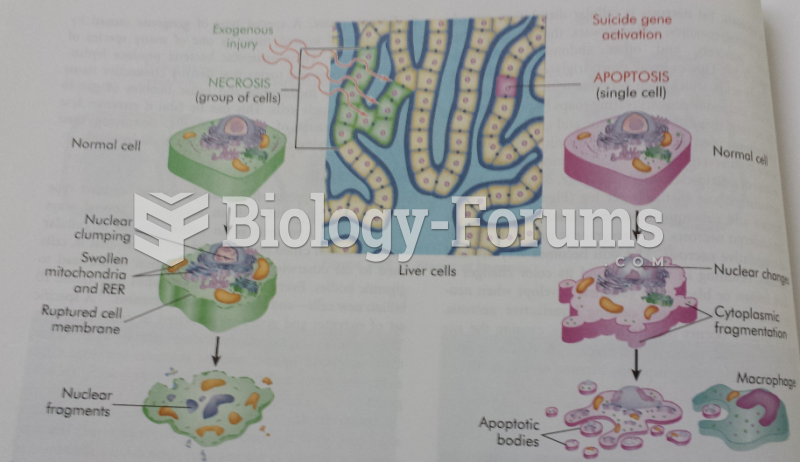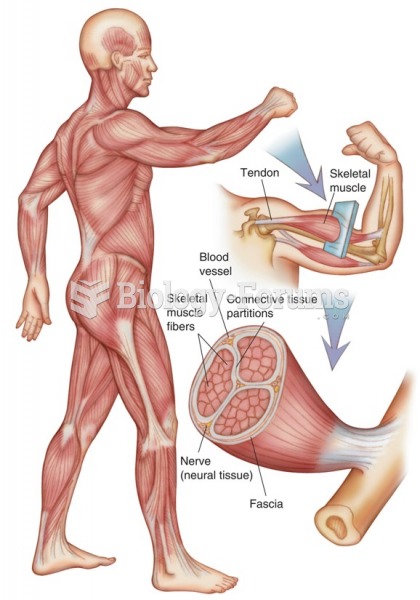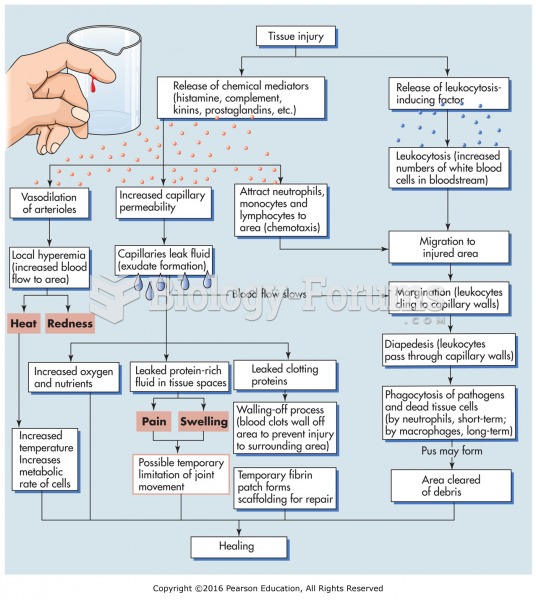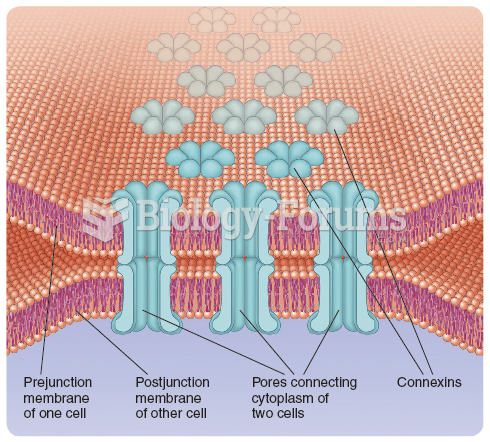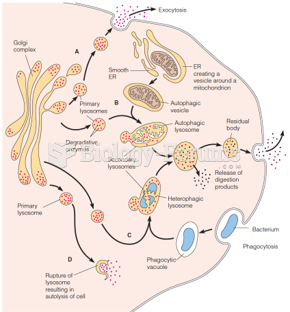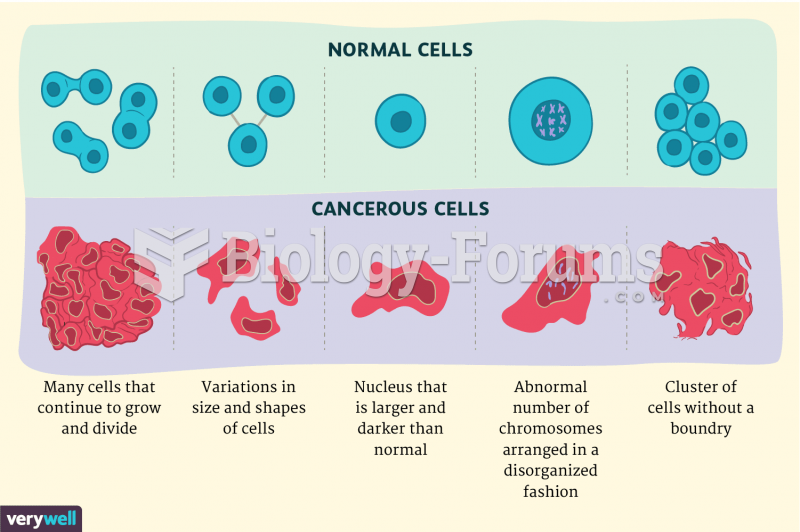|
|
|
Did you know?
Vaccines prevent between 2.5 and 4 million deaths every year.
Did you know?
There are 20 feet of blood vessels in each square inch of human skin.
Did you know?
There are more sensory neurons in the tongue than in any other part of the body.
Did you know?
People often find it difficult to accept the idea that bacteria can be beneficial and improve health. Lactic acid bacteria are good, and when eaten, these bacteria improve health and increase longevity. These bacteria included in foods such as yogurt.
Did you know?
Cytomegalovirus affects nearly the same amount of newborns every year as Down syndrome.


